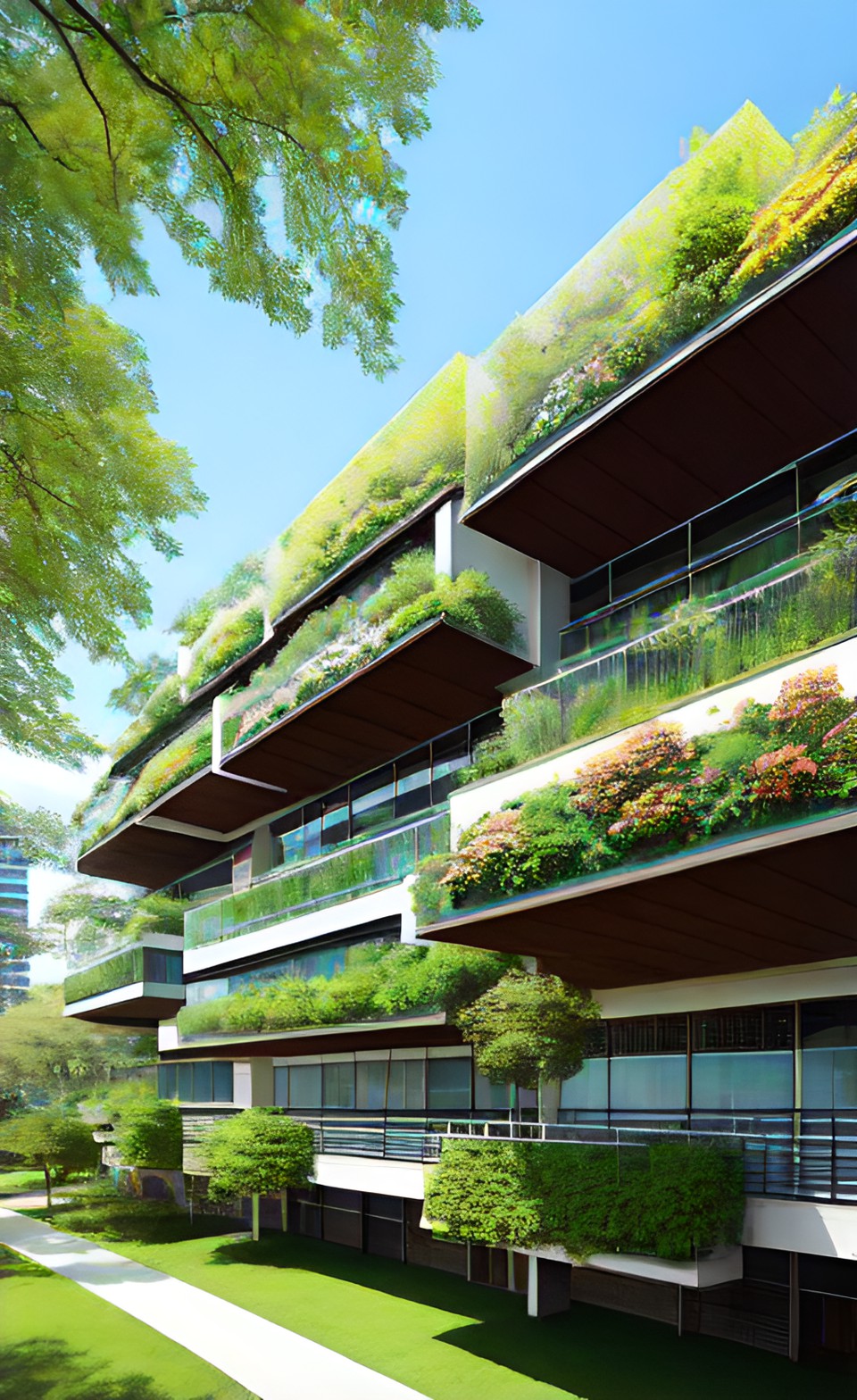
Advertisements
Introduction
The biophilia aesthetic is a design concept that draws inspiration from the natural world, celebrating its beauty, patterns, and forms. Rooted in the biophilia hypothesis, this aesthetic seeks to evoke feelings of tranquility and harmony by incorporating elements from nature into the built environment.
Key Features of the Biophilia Aesthetic:
1. Organic Shapes: Biophilia-inspired designs often feature organic, flowing shapes reminiscent of natural forms like leaves, petals, or flowing water. These soft and fluid lines create a sense of comfort and ease.
2. Natural Materials: The use of natural materials, such as wood, stone, bamboo, and natural fibers, is central to the biophilia aesthetic. These materials add warmth, texture, and authenticity to spaces.
3. Earthy Color Palette: Earthy and muted colors dominate the biophilia aesthetic, reflecting the tones found in nature. Hues like greens, browns, blues, and soft neutrals create a calming and grounding ambiance.
4. Abundant Greenery: Indoor plants and living walls are quintessential elements of the biophilia aesthetic. These green additions not only improve air quality but also infuse spaces with a sense of vitality and life.
5. Natural Light: Maximizing natural light is a vital aspect of the biophilia aesthetic. Large windows, skylights, and light wells allow daylight to flood interiors, fostering a connection with the outdoors.
6. Nature-Inspired Art and Decor: Artwork, patterns, and decor inspired by natural elements like flowers, landscapes, or animals further reinforce the biophilia aesthetic, bringing nature's beauty indoors.
Creating Harmonious Spaces
The biophilia aesthetic aims to create harmonious and inviting spaces that promote well-being and a sense of tranquility. By connecting people with nature through design, it seeks to counterbalance the fast-paced and technology-driven world we live in. Biophilic design elements are thoughtfully integrated to foster a positive emotional response, reduce stress, and improve overall mood and productivity.
Incorporating the Biophilia Aesthetic
Embracing the biophilia aesthetic can be done in various ways:
1. Residential Spaces: In homes, incorporate natural materials, indoor greenery, and earthy colors to create a calming and nurturing atmosphere.
2. Workplaces: Introduce natural elements like living walls, nature-inspired artwork, and biophilic soundscapes to enhance employee well-being and productivity.
3. Hospitality: Hotels and restaurants can incorporate biophilic design to create welcoming and soothing environments for guests.
Conclusion
The biophilia aesthetic celebrates the innate human connection with nature, infusing spaces with the beauty and serenity of the outdoors. By incorporating natural materials, abundant greenery, and organic forms, this design concept creates environments that promote a sense of calm, connection, and well-being. Embracing the biophilia aesthetic allows us to immerse ourselves in the wonders of nature, even within the walls of our built environments, enhancing our daily experiences and nourishing our souls.
